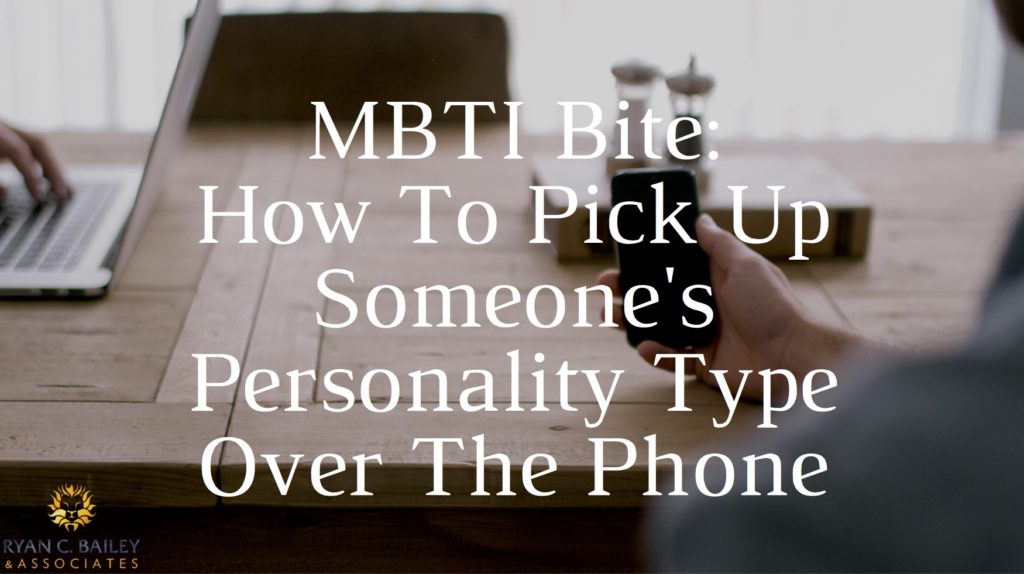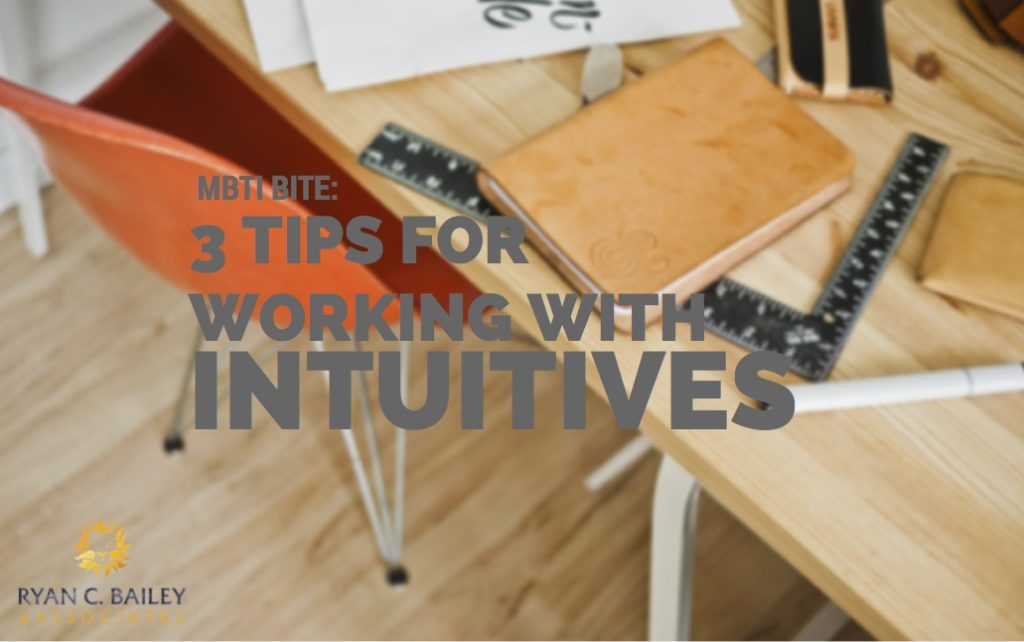High performing teams (HPT) are teams that get a lot done, produce superior results, and love working together to accomplish their goals. They believe in each other and are confident that each person is supposed to be on the team. They are not afraid to push each other to bring the best out in one another. When you are part of a high performing team, you don’t want to leave it. They are so much fun to be a part of.
HPT’s don’t usually start off as High Performing Teams. HPTs are developed. In order to build one, leaders need to know how to draw out the best in each individual member, and leaders need to know how to get them to collaborate well. But how do they do that? It starts with understanding the role that inspiration and external motivation play in the life of a team.
Inspiration Is About Creating Meaning and Purpose
Inspiration is about drawing meaning and purpose from a cause that is greater than we are. Once inspired, a team has a vast store of internal motivation to go through walls, if necessary, to accomplish the mission of the team. Internal motivation will continue if it is fueled from time to time.
External Motivation Is Used For Stretch Goals
External motivation--such as titles, more money, a seat at certain tables--only works temporarily. The energy that comes from these one-time events won’t last. However, when coupled with inspiration, external motivation can be a powerful way to summon great stores of energy, positivity, and fun in order to accomplish a very exciting stretch goal.
How to Relentlessly Inspire Your Team:
Start with a Rallying Cry
Leaders need to focus on inspiration, which comes from being passionate about the team’s common purpose. Steve Jobs’ motto, “A thousand songs in your pocket,” rallied Apple engineers to create the iPod. Your team needs to come up with their rallying cry.
How? Brainstorm with your team about what got them interested in joining the team. Look at what your team is tasked to do. What is the most important part? How does it impact you and others at large when the team accomplishes it? Is there a way to combine all three: the why of their joining the team, the most important part of what the team is tasked to do, and the impact the team will have? Can you then say it in such a way that an intelligent third grader could get excited about it? For the intelligent third grader to get it, you will need to eliminate details. Focus on what it is, how it affects them and how it impacts others. Capture it in a catchy phrase (seven words or less) that can become the team mantra. Purpose will be cemented in this step.
Fall in Love With What You Are Doing
Next, ask your team to think about times they were doing things they absolutely loved. What led them to fall in love with what they were doing? Get into the weeds here for a bit. As people vibe off of what others are saying, ask the team to come up with principles that the team can recreate to help one another fall in love with the team and their goals.
Discover Each Team Member’s Core Value
Now move individually. To gain high levels of commitment, find out what each team member longs for. What do they really want? What are their deepest desires? Look for what each of those things represents to them. For example, many people would assume that if you were talking to a sales team, each member of the team would want more money. But that isn’t necessarily true. You need to ask the question, “If you had more money, what would that give you which you did not have before?” Some of the answers may include:
If I had money, then I would have Significance
If I had money, then I would have Love
If I had money, then I would have Acceptance
If I had money, then I would have Value
If I had money, then I would have Enjoyment
If I had money, then I would have Security
Each of the six letters of the word SLAVES is a core value to that person. We are often slaves of those core values, since most of our decisions are made in an effort to achieve one of them. Which letter drives each member of your team?
Help members to discern this by asking them:
What do their longings and desires represent to them? (i.e. Money = Value)
If threatened, what do they react most strongly to, or even overly strongly to? What does that threat represent?
What do they think about when they don’t have to think of anything? What does that represent?
If they can’t seem to decide between a couple of letters, ask if there is something even deeper that just one of those letters gives them. For example if they say, “I have narrowed down the list to Acceptance and Security, and I am not sure which one it is.” Then ask, “If you have Acceptance, what will you then have? And how about with Security? If you have Security, then what would you have?” If they say, “If I have Acceptance, then I have Security, but I can’t think of anything deeper that I would have if I had Security,” then a good guess would be that Security is their deepest value. Often when you narrow it down to two SLAVES values, one value feeds the second value, but not vice versa. Once identified, appropriately feed their value in healthy ways.
Leverage What Comes Natural to Each Team Member for the Good of All
Next, look at what comes naturally to each person. Start with their personality type. As an ENFJ, I love reading a room or an individual and helping them in ways that create a major impact.
Don’t forget to dig into their story. What have they naturally done well over time, even when they were a kid? What do they always get high marks for on performance reviews?
How can they leverage what they naturally do well--whether from their personality type or their story--for the good of all? If they don’t see how their natural gifts are valuable, help them come up with a list, starting with some of the things you see. Then help them by asking questions like, “How do you think this gift will help José? How about Michelle? What about the higher-ups in the company? How about our clients? Other stakeholders?” Keep generating options and asking the team member to write them down on something like a Google Doc so they can have easy access to the list whenever they need to review it. This will help elevate their Self-Regard.
How about others on your team? What do they do naturally? How can they leverage those strengths for the good of all?
Make the Work Fun!
Next, collaborate with each team member as to how the work can be more (1) fun, (2) interesting, or (3) challenging. Different personality types view those categories differently, so make sure individual needs are met.
Once you know what works for each individual, look to the group. Are there things in common with other members that they could do as a group to increase fun, interest, and challenge for all? Pepper those things in from time to time.
Use External Motivation for Stretch Goals
Use external motivation to go after a real stretch goal, remembering that it is only temporary. If you are doing well with the inspiration piece, you may not need to use external motivation. Every once in a while, however, there will be a need to accomplish a short-term goal which will be a challenge to achieve, and this may be a great time for external motivation, to encourage the team to go all-out to get it. For example, if you know your team really wants to go to ABC and you know XYZ will be a challenging goal say, “If the team accomplishes XYZ, we all get to go to ABC and celebrate!” From time to time, help them recall why they wanted to go to ABC, to keep the motivation fresh and active.
If you want to develop your team into a high performing team, focus on inspiration and use external motivation only for the stretch goals. Inspiration lasts... External motivation adds a little gas to achieve a stretch goal.
Chew On This:
What inspires you? In other words, what gives you meaning and purpose?
Ryan C. Bailey is President and CEO of an organizational effectiveness company.









